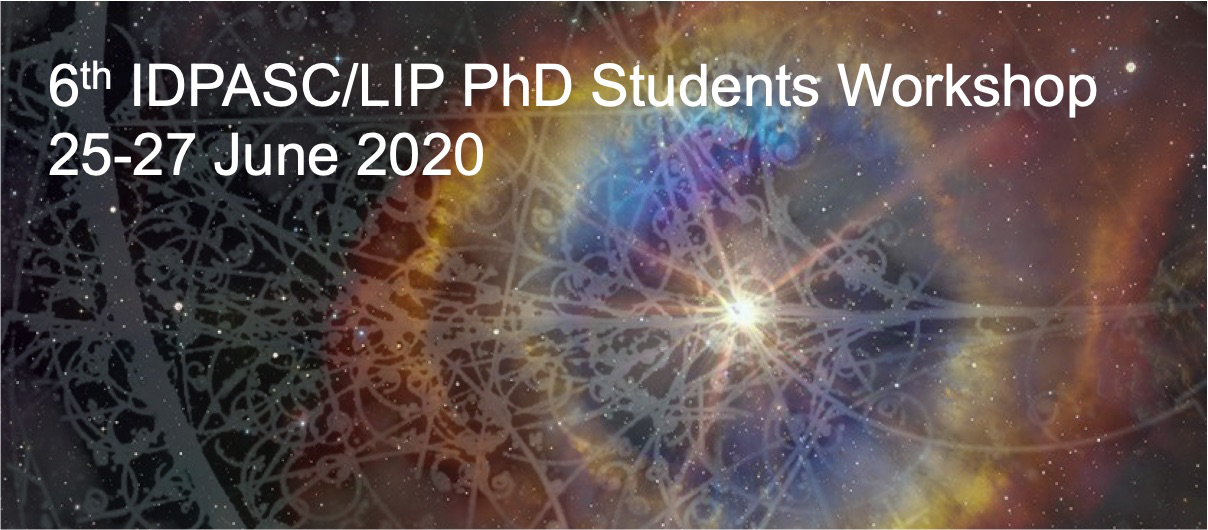Speaker
Description
In the High-Luminosity phase of the LHC physics program, the accelerator will provide an additional integrated luminosity of 3000 fb-1. One of the main challenges that must be overcome is the very high pileup (PU) originated by the high luminosity.
Each of the colliding beams at the LHC consists of many intense bunches of protons. At the HL-LHC, the average number of interactions in a single bunch crossing is 200 (named ‘pileup interactions’). Most of these interactions are not interesting in the searches for New Physics at the TeV scale. Nevertheless, the presence of tracks and energy from 200 extra collisions degrades the reconstruction of the hard scatter. Pileup produces many hits in the tracking detectors, leading to mismeasured or misidentified tracks. In general, pileup confuses the reconstruction and interpretation of events. The development of a new Timing Detector to be integrated in the CMS experiment aims at fighting the pileup background, substantially improving the sensitivity to New Physics.
The subject of this talk is to present these difficulties, our solution at LIP-CMS and the result of tests where I've been directly involved.

